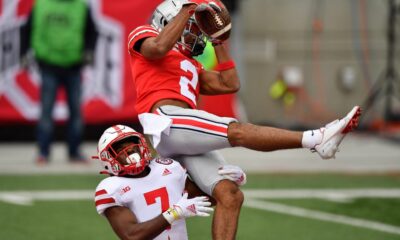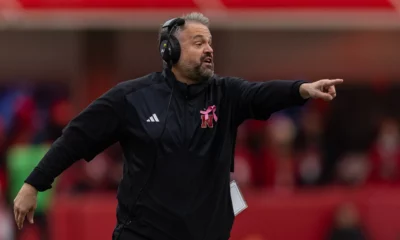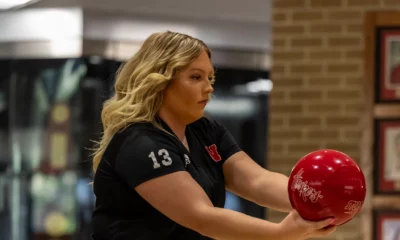Cornnation News
Decoding Langsdorf: Nebraska’s Counter Trap Part 2
More in Cornnation News
-
The Ultimate Husker Defensive Back Bracket: First Round Voting is Open
Just imagine the lock down secondary that could be created from this list! It...
-
Frosted Flakes: Husker Progress, Drive-Through Haunted House, and Asteroids
Photo by Jamie Sabau/Getty Images We’ve had our first real snow of the season....
-


Jon’s PostLife Crisis: Black Shoe Diaries – 2020 Penn State Football
Not one, not two, but three guys joined me from Black Shoe Diaries, our...
-
Report: Wisconsin Quarterback Graham Mertz Tests Positive for COVID-19
Photo by Dan Sanger/Icon Sportswire via Getty Images If the test is confirmed, Mertz...
-


Report Card: Ohio State Buckeyes 52, Huskers 17
Photo by Jamie Sabau/Getty Images It looked fun for a while… then reality set...
-
Nebraska Football: What Did You Expect? and the Morning After
Photo by Jamie Sabau/Getty Images Earlier this week I said that Nebraska losing to...
-
Postgame Reaction Podcast: Nebraska vs Ohio State
Photo by Jamie Sabau/Getty Images Jon and Greg provide a “first thoughts” on Nebraska’s...
-


Nebraska 17 Ohio State 52: Recap and Postgame Thread
Joseph Maiorana-USA TODAY Sports You get a targeting call! You get a targeting call!...
-


Ohio State Leads Nebraska 24-14 At Half
Photo by Jamie Sabau/Getty Images Not bad, but not great either. Big Ten Football...











You must be logged in to post a comment Login